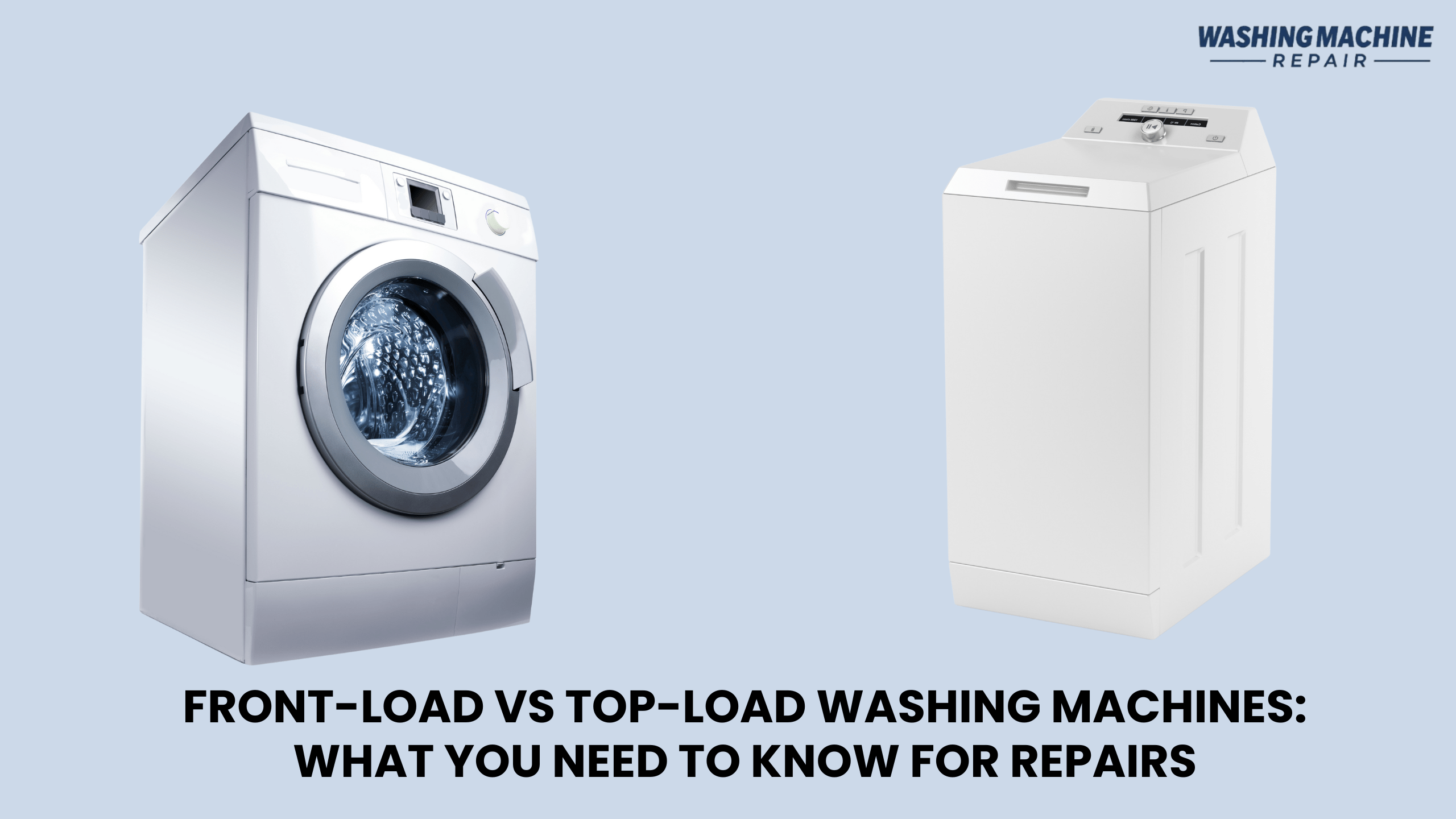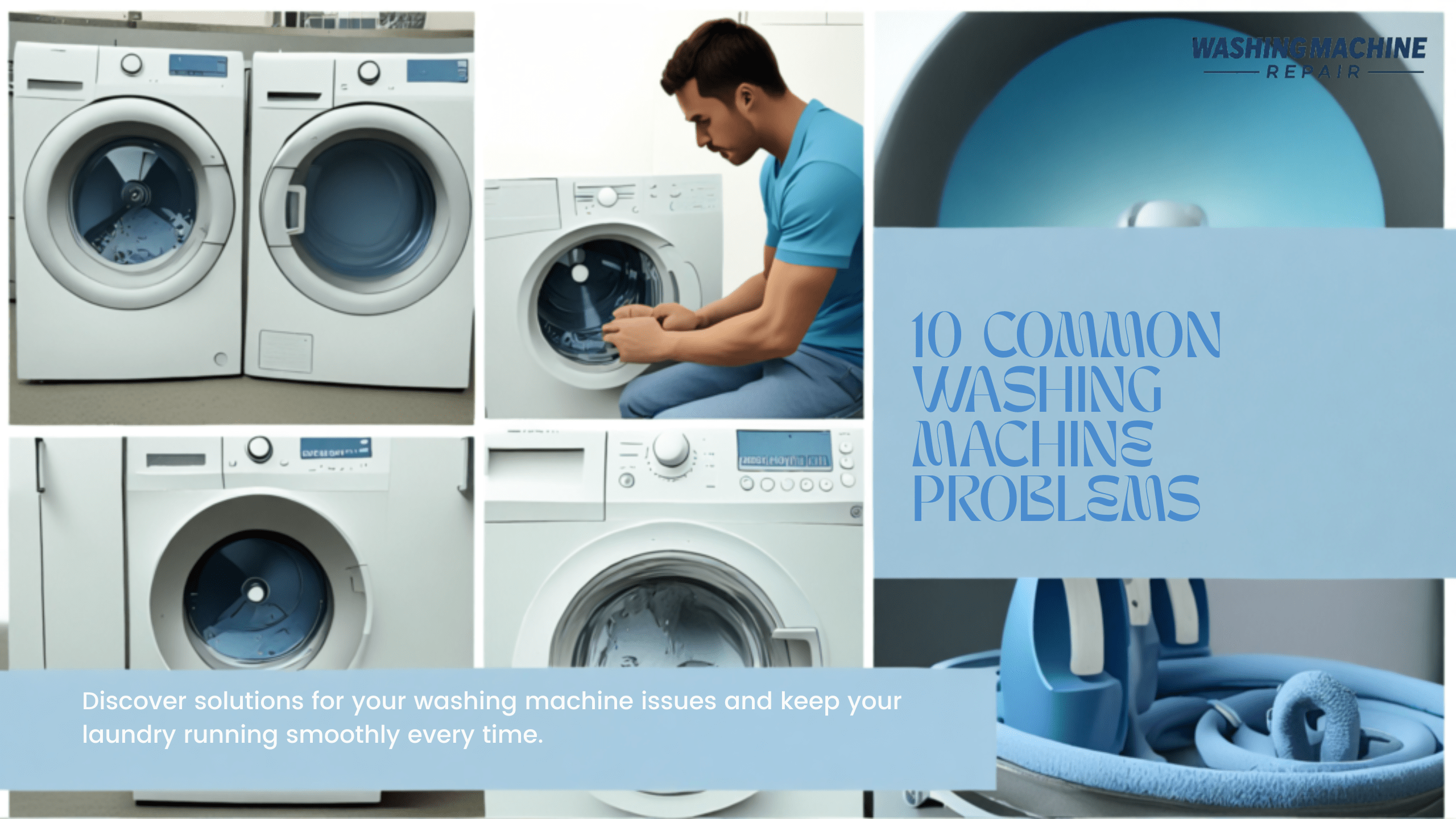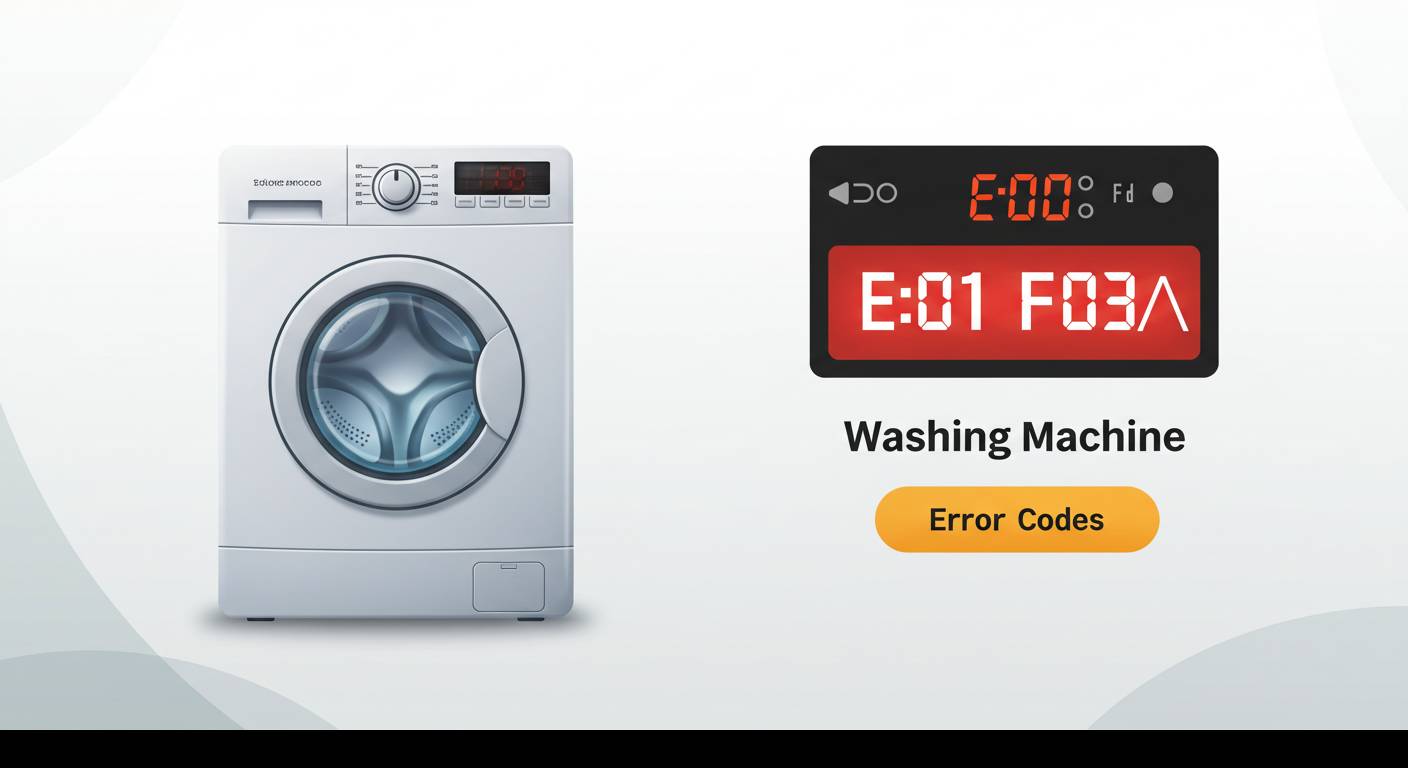Most of us don’t think about what’s inside our washing machines until something goes wrong. However, when specific components fail, unexpected repair costs can arise that are higher than buying a new appliance. This usually occurs because certain washing machine parts are expensive to replace due to their complexity, brand compatibility, and availability, especially in the context of Nepal. By understanding which components are more likely to fail and be costly to replace, you can avoid unexpected expenses and frustration.
Understanding why parts like the motor, drum, and control board have high price tags can help you plan better, whether that means budgeting for future repairs, considering an extended warranty, or determining if it’s time to replace your machine.
In this article, we’ll highlight the most expensive washing machine parts to repair, and factors to consider whether to repair or replace, with tips so you know what to expect.
Most Expensive Parts of a Washing Machine to Repair
1. Control Board / PCB (Printed Circuit Board)
The control board functions as the brain of a washing machine, managing every function of the washer, from filling with water to controlling spin speed and cycle timing. If the control board fails, you may notice issues such as the machine not starting, stopping mid-cycle, displaying error codes, or having unresponsive buttons. Especially in Kathmandu, frequent power surges are common, causing PCB damage. Since the electronics are delicate and vary by model, repairs can be expensive. The estimated cost for repairing or replacing the PCB ranges from NPR 4,000 to NPR 8,000.
2. Drum or Tub Assembly
If the drum, where clothes are washed, develops a crack or the bearings wear out, it may be necessary to replace the entire assembly. Hard water in Kathmandu can cause mineral buildup, which speeds up wear and tear. Signs of drum damage include loud spinning noises, leaks, or excessive vibrations. Repairing or replacing the drum or its bearings can be costly due to the complexity of the design. The estimated cost for drum repair ranges from NPR 3,500 to NPR 6,500.
3. Washing Machine Motor
The motor acts as the heart of the machine, which powers the drum and controls the wash cycle. Frequent power fluctuations in Kathmandu can damage motors, especially the inverter types, causing issues like the machine not spinning, strange noises, or a burning smell. Replacing motors can be costly and challenging to source, as they are brand-specific. Common brands like LG, Samsung, Whirlpool, Panasonic, IFB, Bosch, and Haier often have motors that are difficult to find locally, which can increase both wait times and repair costs. The estimated cost for servicing or changing the motor is between NPR 2,500 and NPR 5,000.
4. Transmission
The transmission enables the drum to spin at various speeds and is mostly found in top-load washers. Signs of a damaged transmission include a non-functioning agitator (mixer) or the machine being stuck in one cycle. Since the transmission is an internal component of the washing machine, repair or replacement costs can be quite high, especially when issues also involve the drum, making the overall expense significant. Repairing the transmission typically requires a skilled technician.
5. Pump
The pump is responsible for ensuring that water flows for drainage or circulation, and if it becomes clogged or broken, the machine may not drain or may leak. Accessing the pump can be challenging, as its location varies by model; some are even hidden in areas that are difficult to reach. This means that replacement not only involves high parts costs but also requires a professional technician, which adds to the labor expenses. The estimated cost for fixing and changing the pump is between NPR 2,000 and NPR 3,500.
Note: The costs mentioned above are estimates and can vary depending on the brand, model, and accessibility of parts. Additionally, these prices do not include the diagnostic fee, which is usually charged before any repair and typically ranges from NPR 500 to NPR 1,500.
Is It Worth Repairing or Replacing?
When your washer breaks down, the key question is whether to repair or replace it. The first thing to consider is whether your washing machine is new or old. It is worth fixing your washer if it is relatively new, as the repair cost might be less than 50% and the washing machine problems are minor. Otherwise, it’s better to replace old washing machines with those that have major issues.
Factors to consider while deciding whether to repair or replace:
1. Age of the machine
Generally, the lifespan of a washing machine is nearly 10-12 years. If your washer is less than 5-6 years old, then repairing it is usually a great choice. But if it is over 8-10 years old, then replacing your washer might be a good decision, as there is a probability of damage to its other parts soon.
2. Cost of repair vs replacement
If the repair cost is more than 50% of the price of a new machine. Looking forward to buying a new machine to replace your washer is the smarter choice.
3. Frequency of repairs
A machine that ends up with so many repairs one after another is a clear sign that it’s failing and likely to need more costly fixes soon. In such cases, replacing it would be a better investment.
4. Types of issues
Minor issues like (pump, valves, sensors, belt) are generally affordable to repair and more cost-effective than replacement. However, the issues with the major components like (motor, drum, PCB, transmission) of a washer are expensive and may not justify repair, especially in the older machines.
5. Energy efficiency
The more modern a washing machine is, the more energy efficient it is likely to be due to advanced technology updates. These machines consume less water and electricity, which helps in reducing utility bills. If your machine is over 8 years old and requires a costly repair, replacing it with a newer, more efficient model can save you money in the long run.
6. Brand and spare parts availability
Some parts are brand-specific, designed to fit in certain models only, which makes them difficult to find. If the parts are unavailable, then it is better to replace the washer rather than waiting for the right component to be found.
How Do We Keep Washing Machine Repairs Affordable?
To maintain the affordability of washing machine repair. It is advisable to practice some regular preventive measures of maintenance, like cleaning the drum and filters, using the correct amount of detergent, checking hoses for leaks, and many more listed below:
- Do Not Overload the Drum: Follow the manufacturer’s load size recommendations to avoid strain on the drum, motor, and transmission.
- Use Correct Detergents: Use only HE (high-efficiency) detergent if recommended, and avoid overuse. Too much detergent can harm the control board and pump.
- Clean the Drum and Gasket Regularly: Prevent mold and build-up with monthly cleaning cycles and by wiping the rubber gaskets.
- Inspect and Clean Filters and Pump Often: Check for lint, coins, or debris that could clog the drain pump, causing leaks or drainage problems.
- Avoid Continuous Hot Water Washes: Hot water can damage heat-sensitive plastics and electronics. Use warm or cold water unless necessary.
- Check and Replace Inlet Hoses Regularly: Replace hoses every 3–5 years or earlier if you notice cracks or leaks to prevent leakage and control system damage.
- Keep the Machine Level: Ensure your washer sits on a flat surface to avoid excessive shaking and wear on the drum assembly and transmission.
- Protect Against Power Surges: Use a surge protector to safeguard the motor and control board from electricity spikes.
- Leave the Door or Lid Open After Use: Leaving the door open helps the drum dry completely, preventing mold and bad odors, and extends the life of seals and bearings.
Schedule Annual Maintenance: A yearly professional inspection can detect small issues before they become costly repairs.
Conclusion
Washing machines play a vital role in our daily households, but when critical parts fail, the cost of repair can quickly rise. Understanding which components are most expensive to replace, such as the PCB, drum, motor, and transmission, empowers you to make smarter decisions about repair vs replacement. Repairing a newer washing machine is generally cost-effective; older machines with frequent or major issues are usually better replaced with modern, energy-efficient models.
Preventive measures are a key factor in extending the lifespan of your washing machine and reducing repair costs. Simple practices such as cleaning the drum and filters, avoiding overloading, and protecting against power surges can help you avoid major breakdowns. In the context of Nepal, where the availability of spare parts and power fluctuations can add to the challenges, timely maintenance and professional servicing become even more essential.
Ultimately, whether you choose to repair or replace, staying informed about potential costs and adopting preventive measures ensures you get the best performance and value from your washing machine while minimizing unexpected expenses.
For serious issues, always consult a trusted washing machine repair technician in Kathmandu. Sometimes repair is worth it; other times, investing in a new machine is smarter.Fast, Affordable, & Expert Repairs Right at Your Door
Don’t let a broken washer disrupt your routine. Schedule your service now and enjoy fast, expert repairs at your home.



